Creating a strong brand identity design is a crucial step to your successful business journey. Your brand identity is how people describe your brand to others. It's about understanding who you are, who you want to connect with, and showing that consistently in how your brand look and talk.
In this blog post, we will explore the essential elements to create a successful brand identity that will help you achieve a lasting success in this competitive landscape.
What Is Brand Identity?
In essence, brand identity includes all the visual, messaging, and service that define your brand and set it apart from others. This includes your logo, color palette, typography, imagery, voice, and your company's core values and mission. A strong brand identity not only helps in brand recognition but also shapes how your audience perceives and connects with your business.
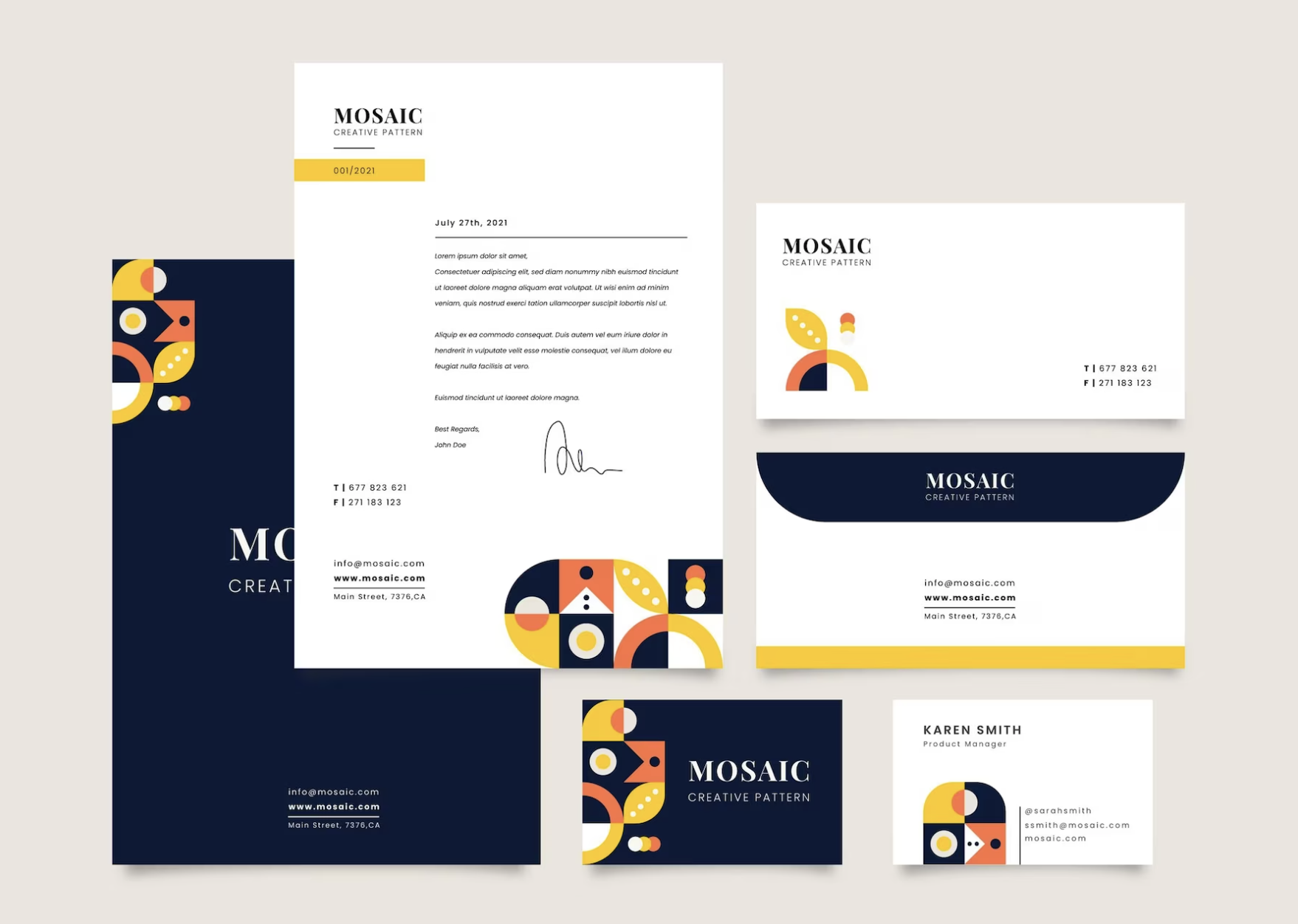
Strong Brand Identity Design Examples
To understand the power of a strong brand identity, let's take a look at some real-world examples:
#1 TikTok
This short video social platform has a very vibrant and contrasting brand color palette which by using bright blue and pink color bring our an energy and youthful brand personality which perfectly matching its own target audience.

#2 Coca-Cola
Coca-cola's signature red logo has been consistently apply to all its product and marketing materials. Ad a customer we can easilly recognize this brand among all those millions of soft drinks.
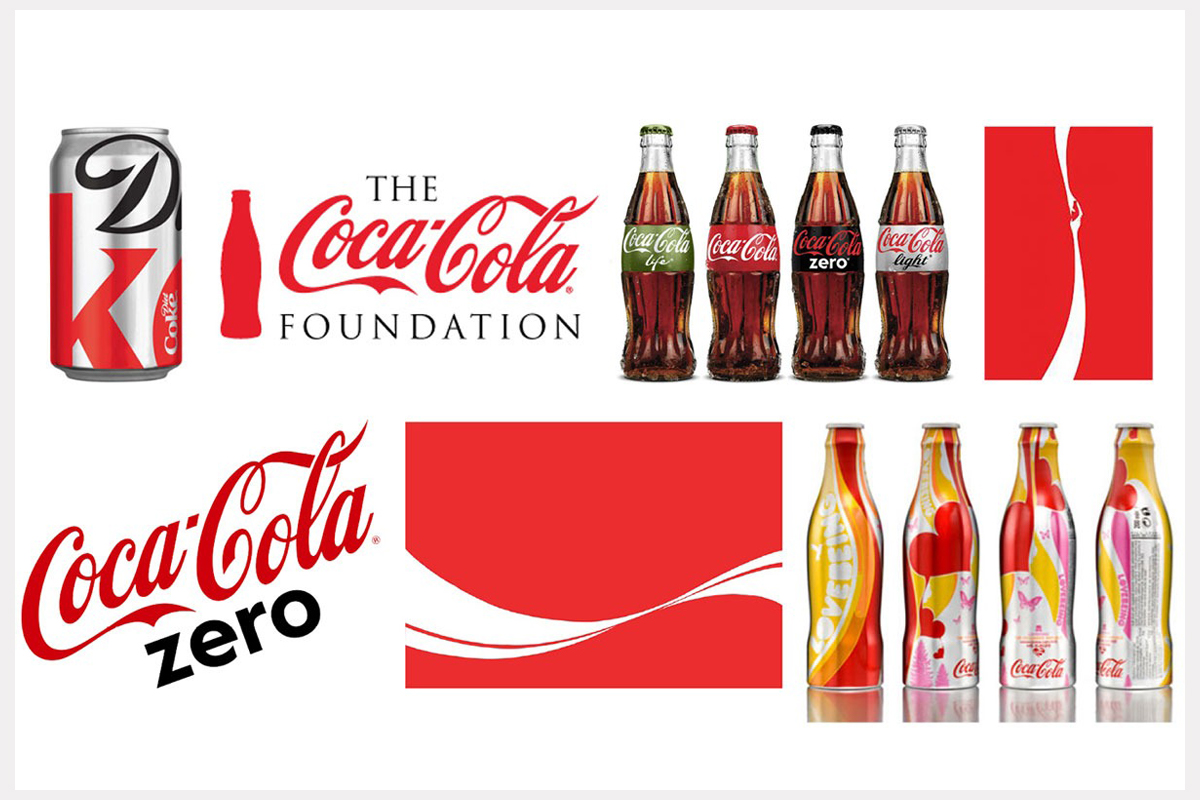
How To Build A Brand Identity
Now, let's explore the steps to create your own successful brand identity:
Research and Analysis: First step is to know who are your target audience and what you can offer to them. Also keep up with the current market trend so you can design your brand identity differently to stand out in the market.
Define Your Brand's Personality: Think about the personality traits you want your brand to have. Do you want to be seen as reliable, creative, friendly, or something else? This will guide the way your brand looks and talks. One effective tool to help visualize your brand's personality is to create a moodboard, which is a collage of images, colors, textures, and words that allows you to gather visual and conceptual elements resonating with your brand's character.
Design Your Visual Elements: First of all, you need to create a logo that represent your brand's personality and values also distinctive enough so people can remember you instantly. Then Pick your logo and brand color that can resonate with your brand personality. In today's digital age, you can easily leverage the power of AI to generate your brand identity kit effortlessly. Whether you're creating a website for your brand, utilizing website builders can streamline the process and ensure a cohesive online presence that aligns with your brand identity.
Continuing on these lines, imagine you need to design a t-shirt as part of your brand merchandise. The design and colors should reflect your brand's identity, tying it back to your logo and the color palette you chose for your business.
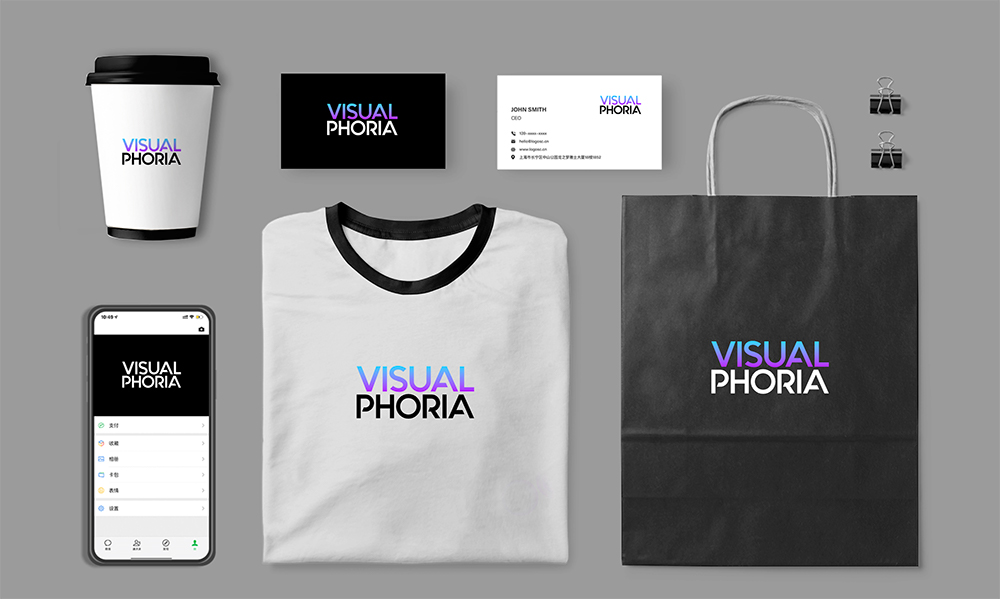
Develop Brand Messaging: Understand your brand mission and vision so you can design your logo with a catchy tagline or slogan that sums up what your brand's selling point or what you can provide for your customers.
Apply Brand Identity To All Platforms Consistently
Make sure everything you put out into the world follows the same style and uses the same logo and colors. This helps people recognize your brand and builds trust over time.
Create Brand Guideline: Brand Guidelines are like your brand's playbook. They outline how to use your logo, which colors to choose, what fonts to use, and overall design principles. These guidelines create a consistent framework for a cohesive brand image. You can even simplify the process by using AI to generate your brand guideline. 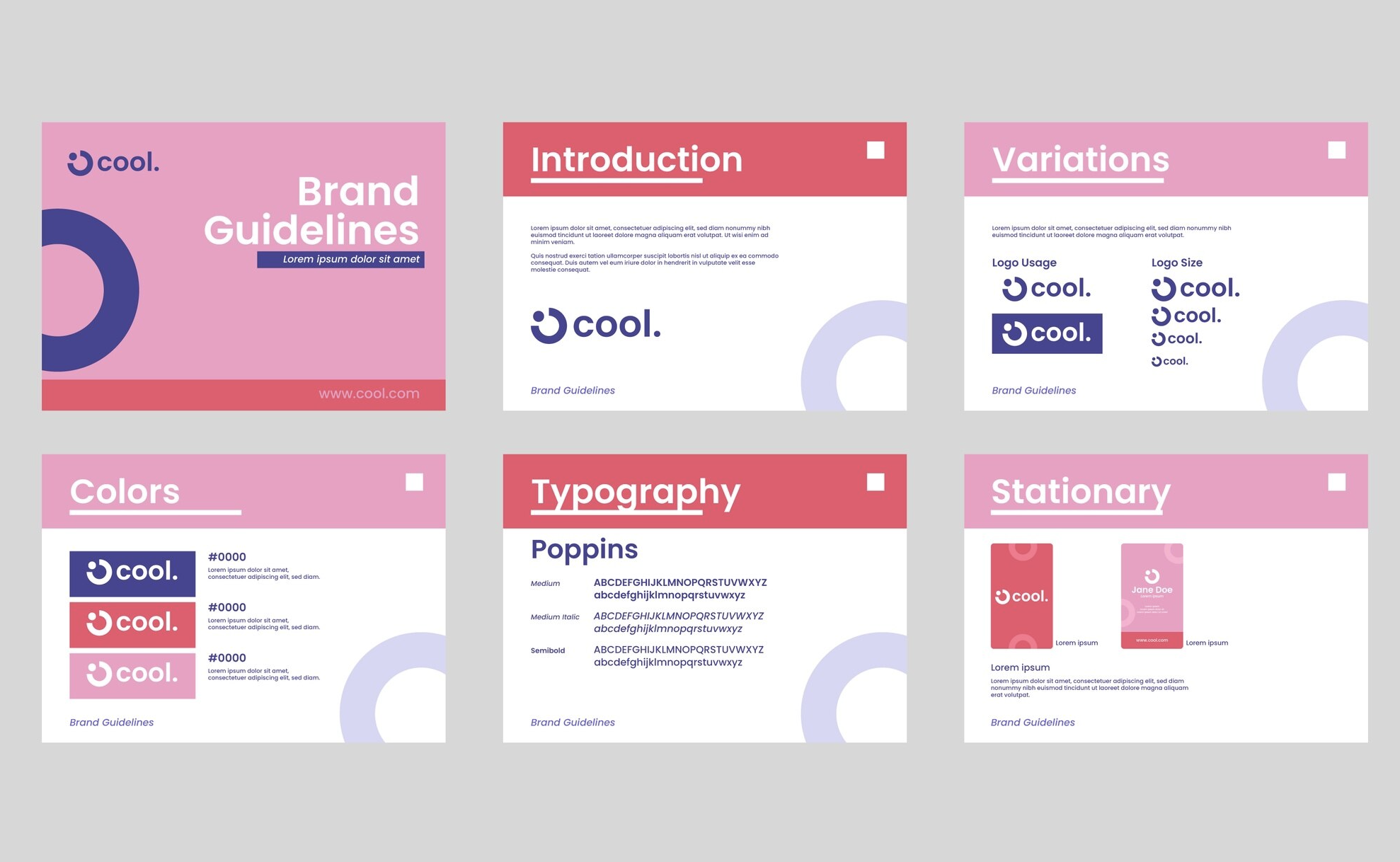
Website Integration: Apply your brand's elements to your website, including color schemes, typography, and logo placement, to provide a unified online experience.
Social Media: Maintain a cohesive look and feel on all social media platforms by using consistent profile pictures, cover photos, and branded content.
Advertising and Marketing: Make sure that your advertisements and marketing campaigns align with your brand identity. This includes using consistent design elements and messaging that reinforces your brand's story and value proposition. Consider using design templates for various marketing materials, such as social media graphics and email newsletters, to ensure they align with your brand's style. This consistency reinforces your brand identity, making it easily recognizable. To maximize the impact of your advertising efforts, utilize ad exchanges to place your banners on web pages that not only target similar audiences but are also relevant to your brand’s story. This strategic placement ensures that your ads reach the right people in the right context, further strengthening your brand's presence in the minds of your target audience.
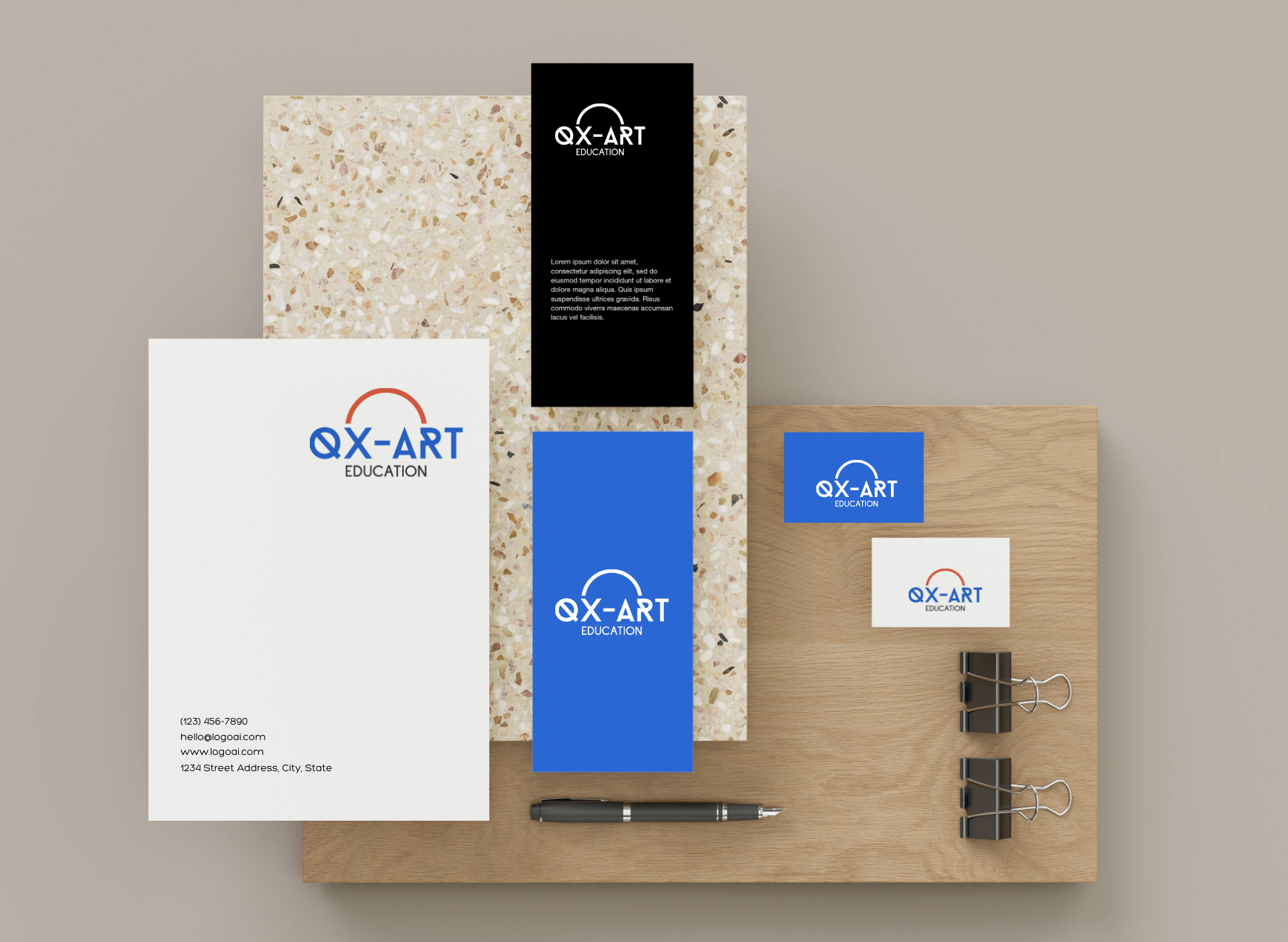
Product Packaging: If your business involves physical products, extend your brand identity to your product packaging. The packaging design should reflect your brand's aesthetics and values, helping your products stand out on the shelf.
Employee Training: Educate your team about the importance of brand consistency and provide them with the necessary tools and resources to implement it in their roles. Ensure that employees understand how to represent your brand when interacting with customers.
Conclusion
In conclusion, creating a successful brand identity is not just about aesthetics; it's about crafting a narrative that resonates with your audience and communicates the essence of your business. Remember that building a brand identity is an ongoing process. As your business evolves, your brand identity may need to adapt as well. Consistency and authenticity are key to building a brand identity that not only stands the test of time but also propels your business towards success. So, invest the time and effort into creating a brand identity that reflects your vision, connects with your audience, and sets you apart in the market.






